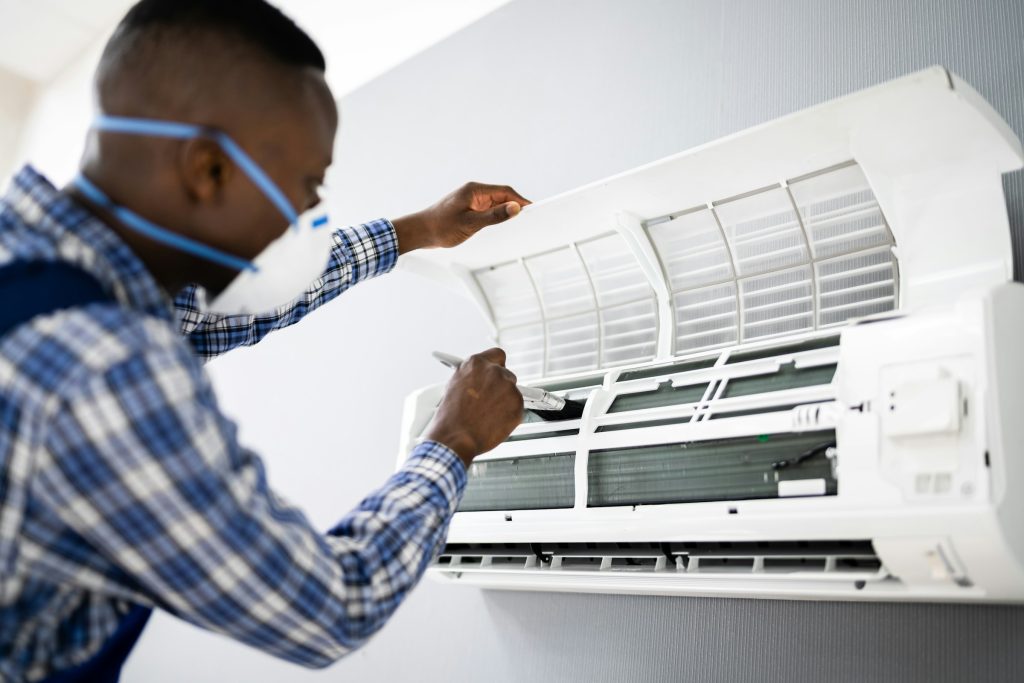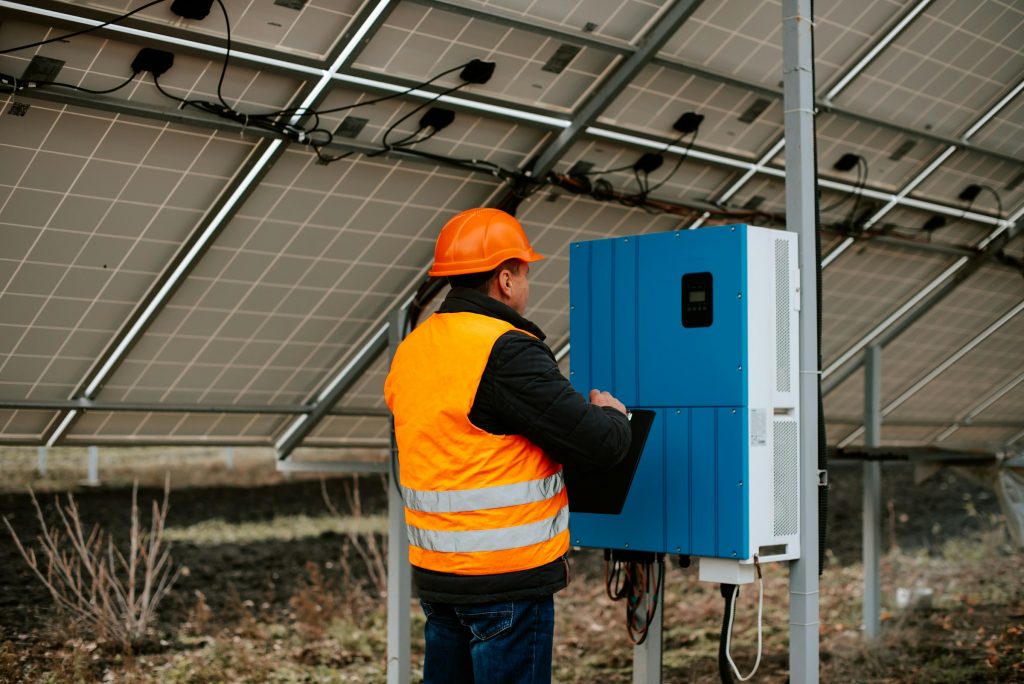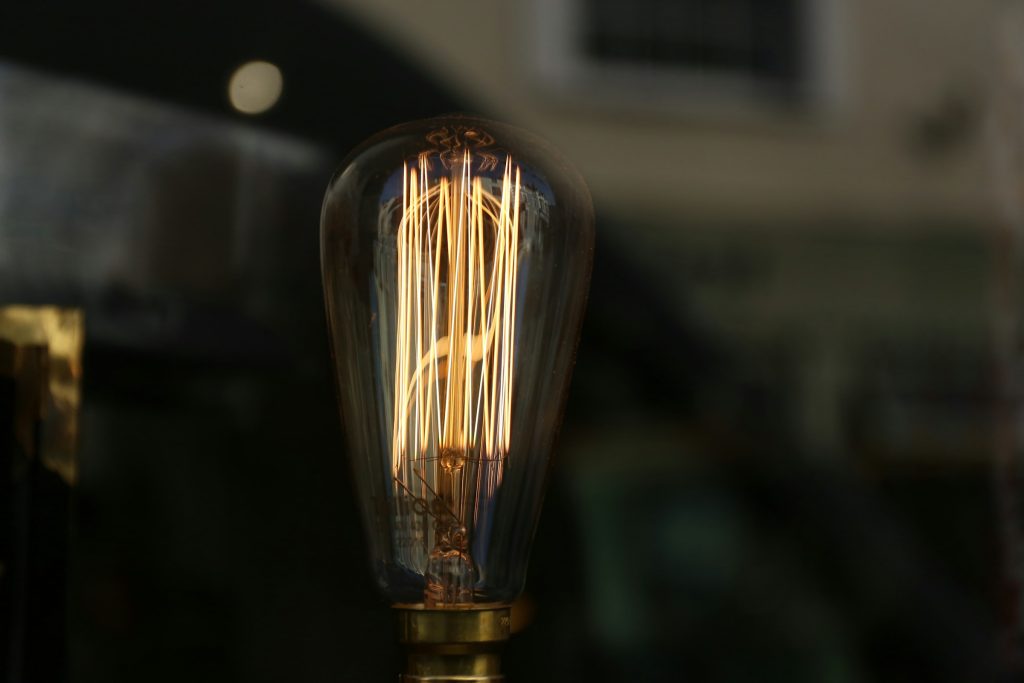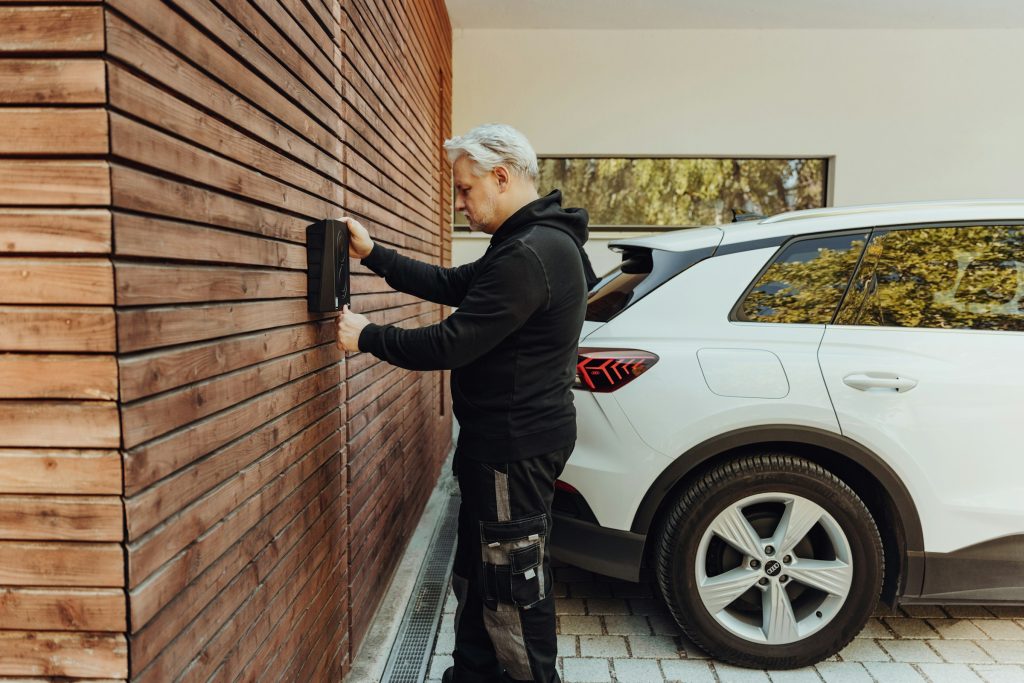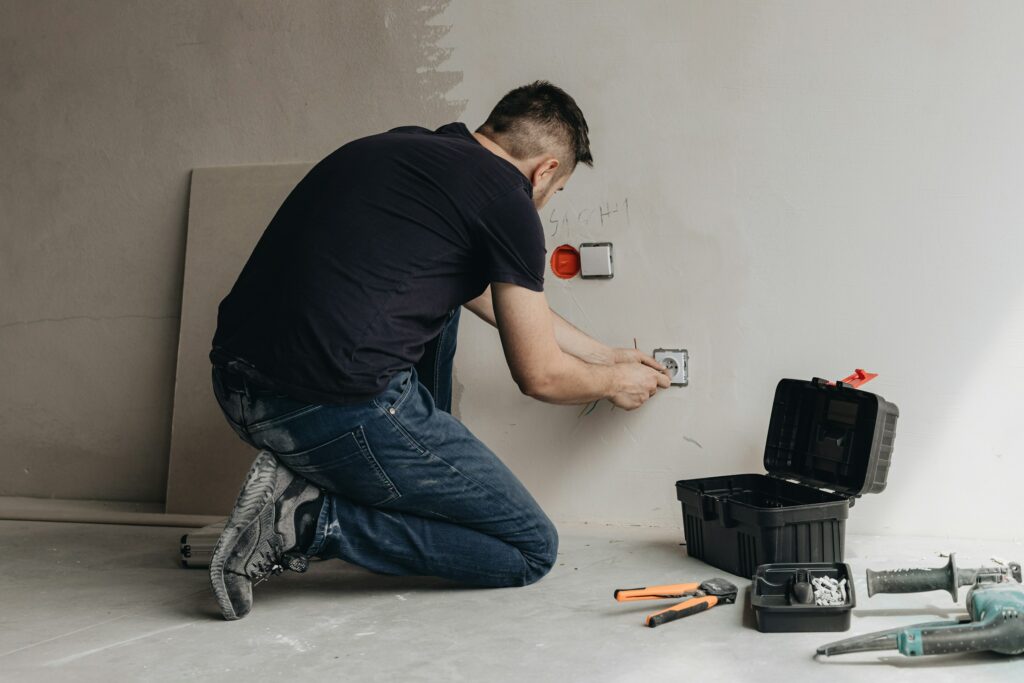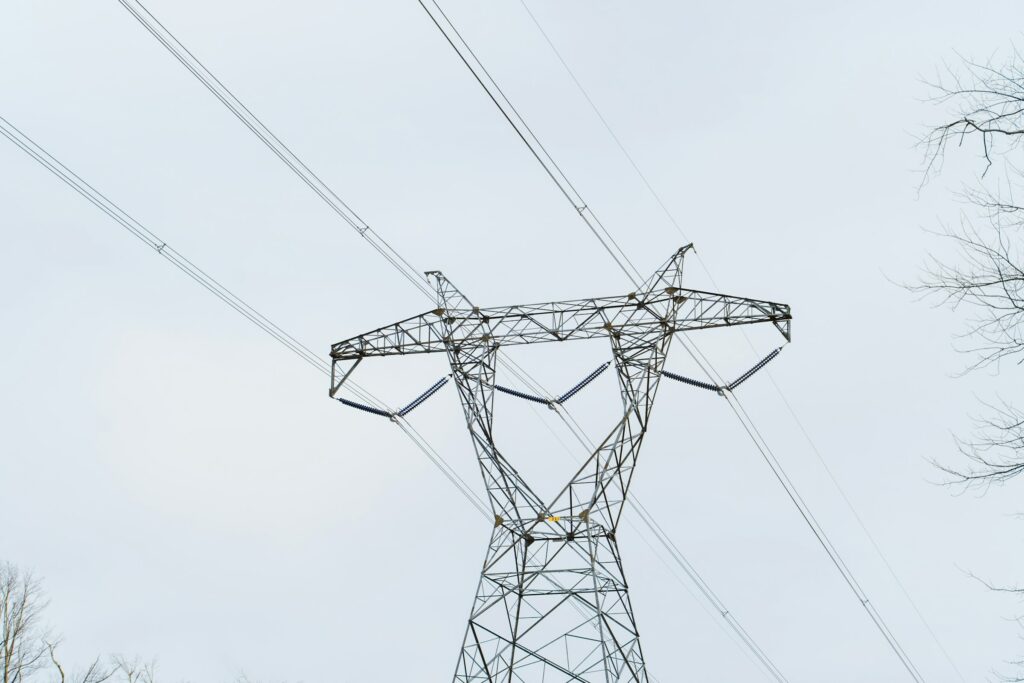In an era where technology and electronics are integral to daily life, ensuring the safety of our children around electricity is paramount. This comprehensive guide offers actionable tips and tricks to safeguard your little ones from electrical hazards. With anecdotes, insights, and data-backed arguments, we aim to equip you with knowledge and practical steps for a safer home environment.

The Importance of Electrical Safety for Children
Children’s natural curiosity can sometimes lead them into dangerous situations, especially regarding electricity. From exploring every nook and cranny of the house to playing outdoors, their innocent exploration does not exclude electrical outlets, cords, and appliances. Here, we delve into effective strategies to mitigate risks and promote a safety culture within the household.
Understanding and Respecting Electricity:
Understanding and respecting electricity is a foundational step towards ensuring the safety of children in environments filled with electrical devices and systems. Educating them on what electricity is, how it operates, and its inherent dangers can instil deep-seated respect and cautiousness when interacting with electrical components.
Supervising and Educating for Safety
The role of supervision cannot be overstated when it comes to young children and electricity. Close monitoring ensures children do not inadvertently engage in risky behaviours, such as inserting objects into outlets or playing with electrical cords. The education process should be ongoing, utilizing age-appropriate explanations and visual aids to clarify why certain behaviours are unsafe. This strategy not only helps in preventing accidents but also promotes a culture of safety within the household.
Child-Proofing as a Preventive Measure
Child-proofing the home is an essential step towards eliminating electrical hazards. It includes installing tamper-resistant receptacles, which prevent foreign objects from being inserted by curious children, securing electrical cords out of reach, and ensuring that appliances are stored safely away from young hands. Regular home inspections for potential electrical hazards are crucial to maintaining a safe environment.
Outdoor Electrical Safety
The great outdoors presents its own set of electrical safety challenges, especially with the presence of power lines, substations, and electrical boxes. Educating children on the dangers associated with these outdoor electrical components is vital. Safe play areas should be established away from these hazards, and children should be taught to recognize and avoid them during outdoor activities.
Making Electrical Safety Engaging
Turning electrical safety lessons into engaging stories or games can significantly enhance children’s learning experience. This approach makes the learning process enjoyable and encourages the retention of safety rules. Utilizing online resources such as safety videos and educational games further reinforces these concepts, making them more accessible and interactive for children.
The Critical Role of Parents and Guardians
Parents and guardians play a critical role in reinforcing electrical safety. Leading by example and creating a safe environment are key components of this role. It includes regular checks and maintenance of electrical systems, using safety devices like Ground Fault Circuit Interrupters (GFCIs) to prevent shock, and continuously promoting a safety culture within the home. By taking these steps, parents and guardians can significantly mitigate the risks associated with electricity and ensure the safety of their children.
The Bottom Line:
Electrical safety for children is not just about laying down rules; it’s about fostering an environment where safety is part of the learning and growth process. We can significantly reduce electricity-related risks by educating, engaging, and equipping our children with the right knowledge and tools. Let’s empower our little ones to navigate their world safely, understanding that their well-being is our top priority.
Frequently Asked Questions:
At what age should I start teaching my child about electrical safety?
As soon as your child starts to move and explore, begin introducing simple safety concepts and gradually build on these as they grow.
How can I child-proof my home against electrical hazards?
Use tamper-resistant outlets and secure cords, keep appliances out of reach, and regularly inspect your home for potential hazards.
What should I do if my child is scared of electricity because of safety warnings?
While it’s important to convey the seriousness of electrical safety, ensure your approach balances caution with understanding. Use positive reinforcement and engaging learning methods to alleviate fear.

